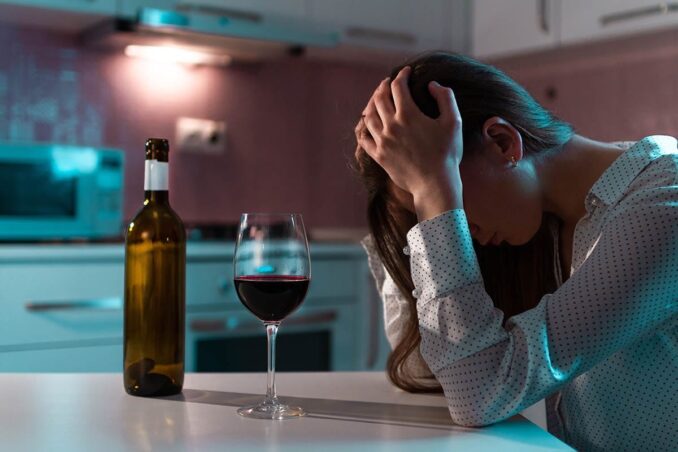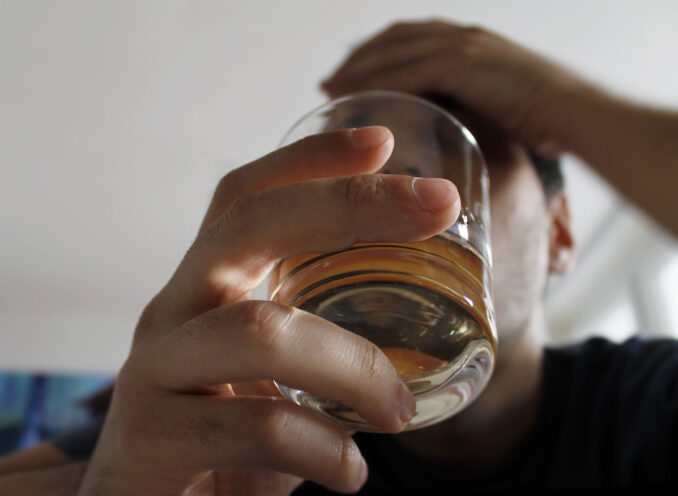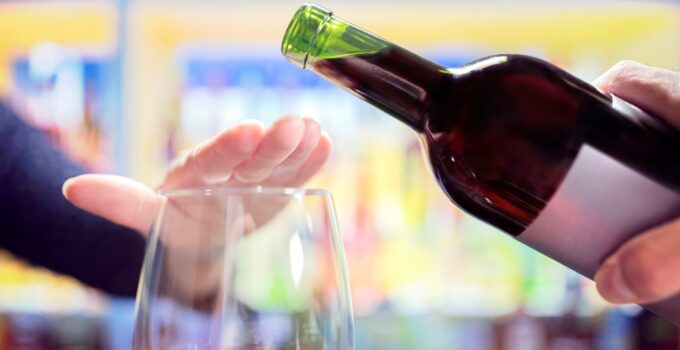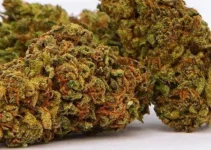America loves to drink. We don’t have the wine culture that Europe does, nor as many pubs as the UK or Ireland. But, alcohol is a part of the fabric of society, and drinking is a normal, acceptable, and widely indulged activity. It’s a natural part of so many social activities, not to mention our lifestyles, and many Americans hardly pay attention to it, far less question whether it has become a little too invasive.
In the mind of the average person, alcohol is associated with pleasurable feelings and activities. Going drinking is a recognized pastime. Alcohol provides excitement, thrills, and fun – what would be the point in going out, or partying, without it? We drink at sporting events and concerts. We drink to date and to dance. Flight attendants ply us graciously with drinks when we fly. TV shows and movies tell us it’s all good. What do guys do when they sit and watch a ball game? Crack open a six pack (or several of them). What does a successful professional do when she gets back home? Puts her feet up and drinks a glass of wine.
In so many circumstances, drinking is the done thing. Alcohol is everywhere, but it’s certainly not everybody’s friend. Not everyone wants the buzz of a drink present in so much of their social life and their interactions with their peers. And yet, it’s hard to not drink. Many people in America struggle greatly with this issue. Why should this be?
Social, cultural, environmental, and circumstantial contributing factors can be overbearing. Then there is stress, anxiety, past trauma, and other mental health concerns. Genetics play a role too. Plus regular drinking can reprogram the brain. Not to mention the ugly reality of alcohol abuse – 2019 data from the National Library of Medicine suggested that 18 million American adults had an alcohol use disorder. For more information about alcohol recovery process visit unitedrecoveryca.com.
Peer Pressure and Social Norms

Spurce:facebook.com
Pressure to drink, from friends, classmates, colleagues and so on, can be subtle or direct. But whether gentle or strong, it pushes in one direction only – towards drinking. Teenagers and young adults seem most vulnerable to peer pressure. This is likely because they are at an age when opportunities for drinking, often to excess, are many. Young people tend to be more sensitive to how they are seen by others, and fitting in feels like a necessity.
Social norms encourage drinking too. It is customary for a host to offer their guests a drink. At dinner parties, people keep an eye on each other’s wine glasses, ready to give them a top up. At official venues, drinks are a part of formal rituals. And, of course, alcohol is the perfect social lubricant. It makes people feel less inhibited and more relaxed. More ready to party hard or go dancing all night.
As a result, people who aren’t keen to drink much, end up in an uncomfortable position. They may worry about how others perceive them. They may feel they can’t fully take part in social proceedings without a drink. If they don’t blend in and join the herd, they may fear rejection. The choice can seem stark – drink or miss out on all the fun. Forfeit the shared revelry everyone else enjoys. Give up nights out with colleagues in pubs and bars, or sunny afternoons with friends in beer gardens. Either that, or do all those things, but embrace standing out. Get used to being the odd one out.
All of the above are reasons why people who want to drink less are advised to change their social habits. People in recovery from alcohol abuse try not to hang out with former drinking buddies, or return to places they used to drink, or purchase alcohol. However, every liquor store, every neon bar sign, may remind them of their past. People who just want to drink less, or abstain entirely, face a similar problem. Where do you go, if you don’t intend to drink?
Pre-Existing Tendencies

Source:pinterest.com
For some people, drinking ‘runs in the family’. Although science tells us that genetic predisposition only accounts for around half the risk of developing an AUD, so much in our environment tries to sell us alcohol. Or more exactly, the drinking experience. Advertisements, best-selling novels, and movies portray alcohol as alluring. Drinking is sexy, classy, manly, feminine, medicinal, and above all, totally normal and legit. The subtext is, if you don’t drink, there’s something wrong with you.
When people try too hard to stop drinking, to quit using a substance that may have begun to have a hold on them, they put pressure on themselves. They create stress and become anxious. This, in turn, can make them drink more. In spite of the wealth of information available on substance abuse and related conditions becoming destigmatized, the media and society as a whole continue to sell us that drinking alcohol is a positive experience, a life enhancing activity even.
Addiction introduces a whole range of other factors that make it very difficult for sufferers to stop drinking, particularly unaided. Alcohol changes brain chemistry. The body develops a tolerance to alcohol, and as a result, a person needs more of it to feel its effects. They can become dependent on drink to even function normally. Mechanisms in the brain which govern decision making become inhibited. The signals telling someone, “that’s enough,” become blurred. All in all, when a person’s mind, body, or physiological make-up create a proclivity for regular drinking, abstaining from alcohol becomes a challenging task indeed.

Source:health.harvard.edu
To end on a more positive note, in recent years, mindsets have begun to change. Drinks manufacturers are catching on to the potential market for alcohol-free beers. Many bars now serve mocktails. Drinking less or not drinking at all, is becoming more frequent and socially acceptable, most noticeably among teenagers and young adults. Not drinking may not be the new normal – but it’s certainly catching on.





